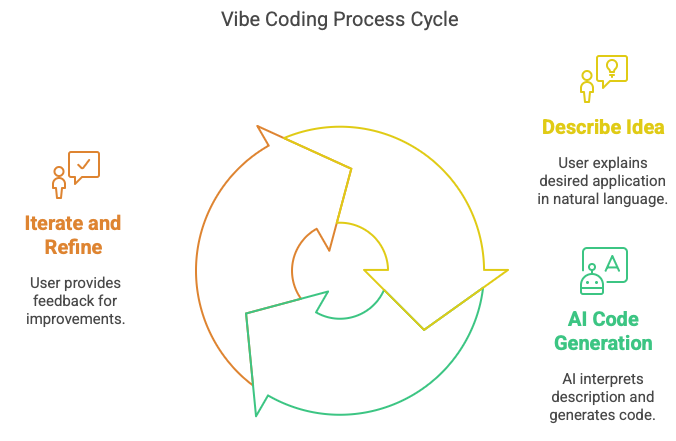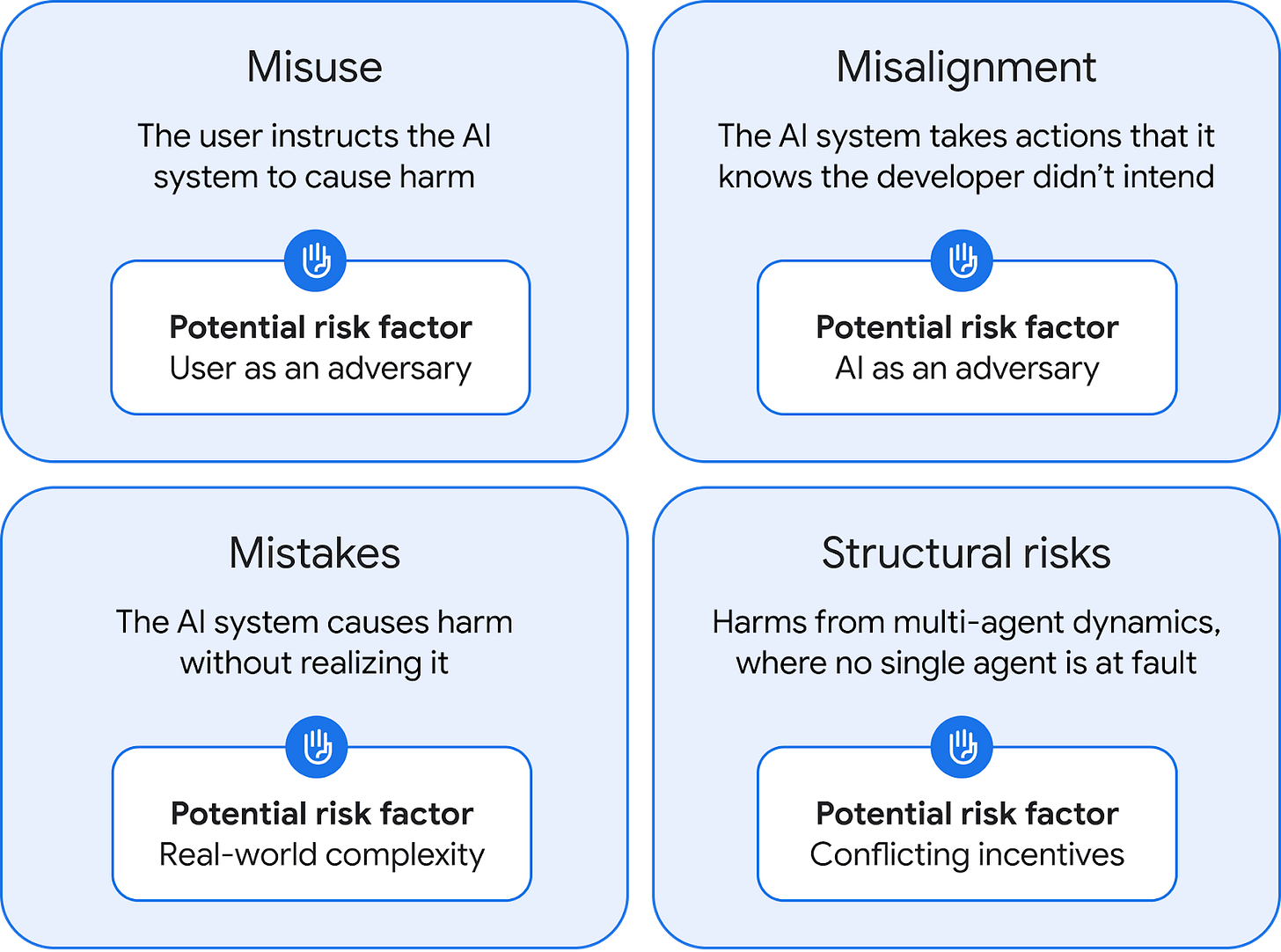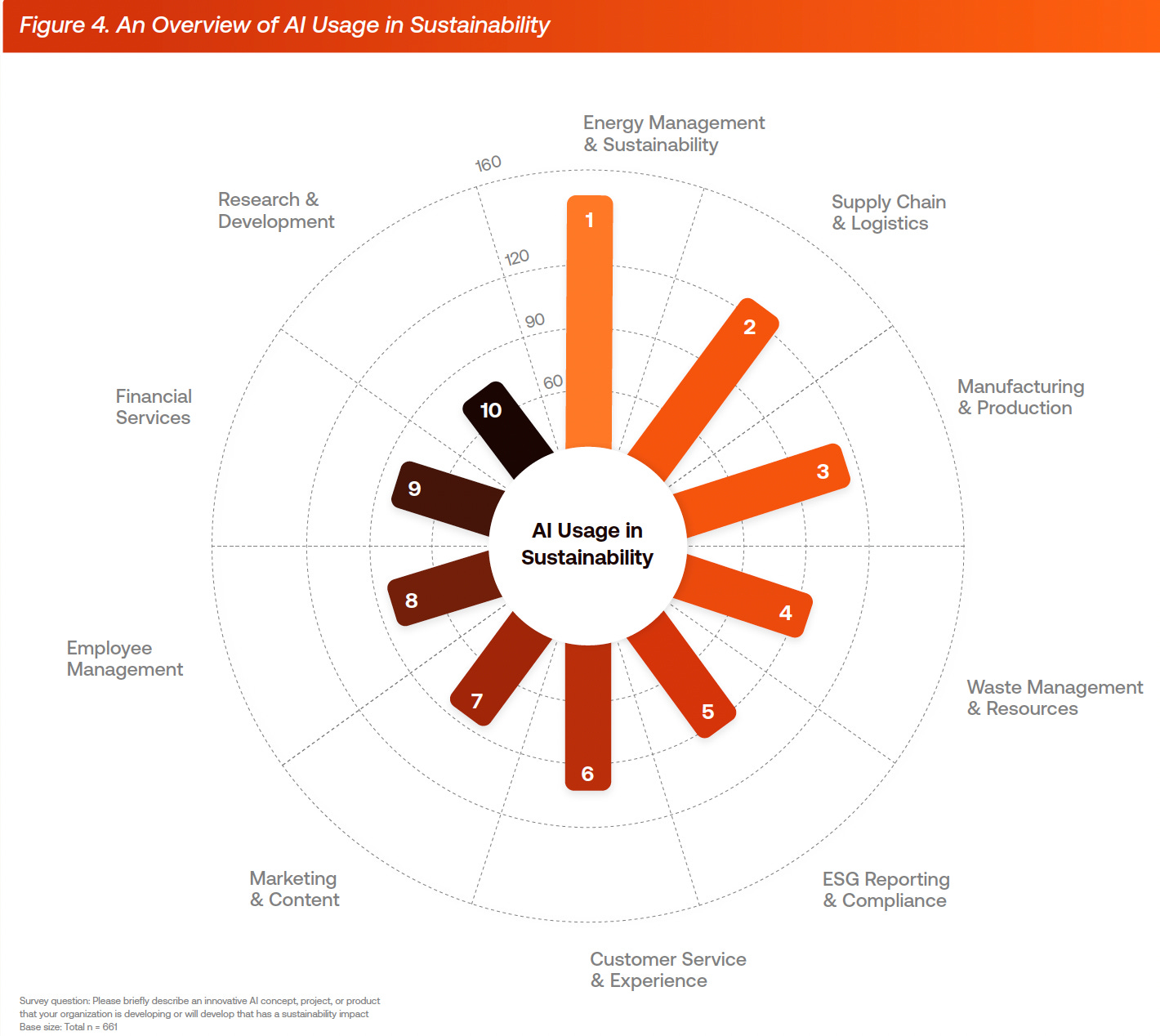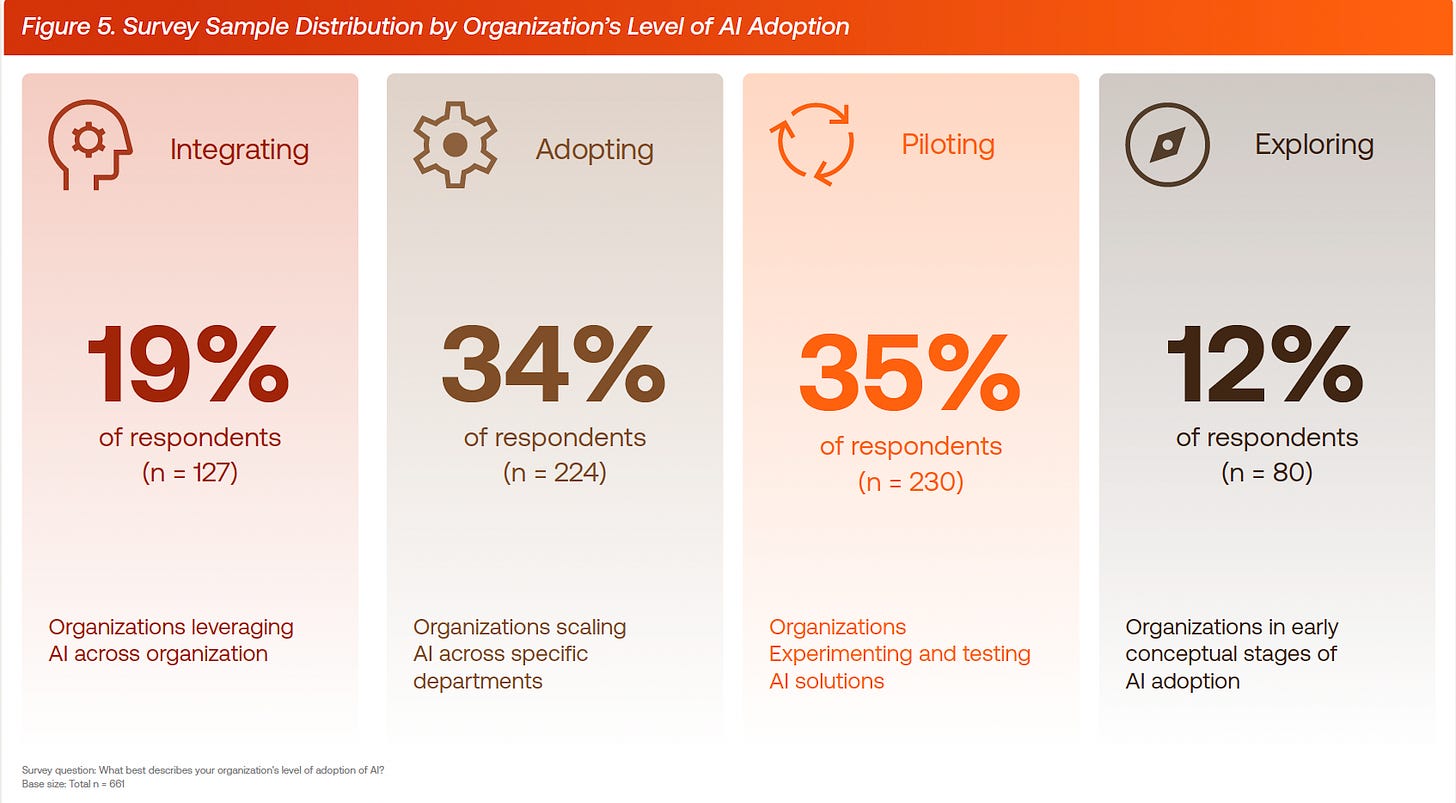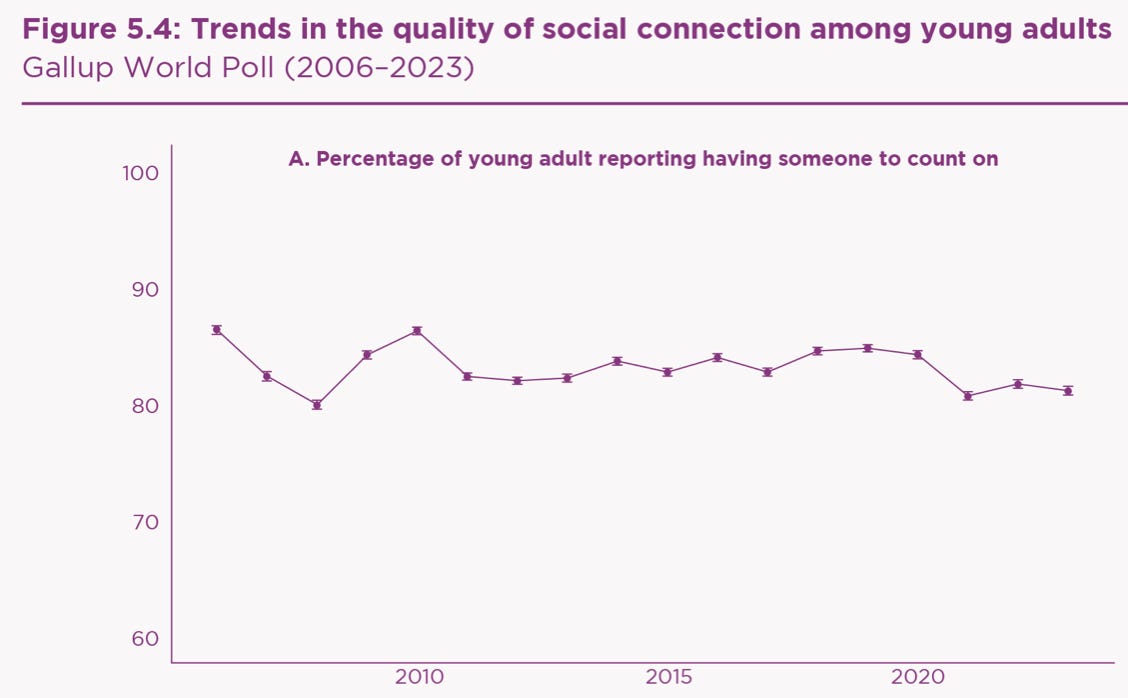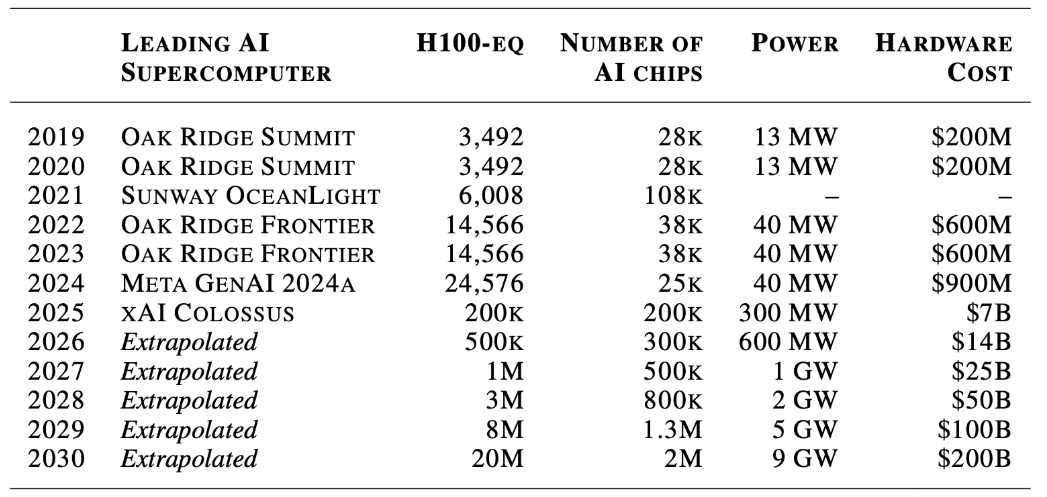Welcome to Binary Circuits’ 19th weekly edition
Your weekly guide to most important developments in technological world
Dear Readers,
Binary Circuit investigates trends, technology, and how organizations might profit from rapid innovation. GreenLight, the brain behind Binary Circuit, finds possibilities, analyzes challenges, and develops plans to fit and grow firms to stay ahead. Looking to scale your business, partners, or AI/technology integration.
This week, we discuss how AI-driven "vibe coding" revolutionizes software development and democratizes entrepreneurship. DeepMind’s AGI Safety Framework highlights urgent cybersecurity concerns as AI advances toward autonomous decision-making. In healthcare, AI-driven drug discovery is shortening development timelines, with AlphaFold transforming biological research. Meanwhile, workplace happiness becomes a strategic advantage as Gen Z’s emotional well-being is increasingly influenced by AI. The future hinges on balancing AI’s power with ethical safeguards and human connection.
Let’s dive in.
The Rise of Vibe Coding and Why It Matters?
Software development is evolving, and "vibe coding" is an intriguing topic in 2025. Popularized by AI scientist Andrej Karpathy, vibe coding uses natural language to convey concepts to AI, which generates the code. This marks a shift from traditional coding methods requiring programming expertise.
How Does Vibe Coding Work? Vibe coding is a conversational approach to app development that enables non-technical users to create applications using AI-generated code. While it provides accessibility, shorter development times, and cost-effectiveness, it has limitations in handling complex applications.
Vibe coding will democratize software development. Without spending weeks or months studying sophisticated programming languages, ideators can simply describe what they want to develop. The AI tirelessly codes these descriptions into usable apps. The AI adjusts the code when users add instructions or propose changes to improve the output. This approach speeds up and cheapens app development, possibly launching "No-Code Entrepreneurship."
Why does it matter? Lowering the software production barrier could spur innovation. Solopreneurship may become more viable as autonomy, flexibility, and work-life balance increase. Imagine a world where AI conversation can quickly build a minimal viable product, making small business startups nearly risk-free and cheaper to ideate.
Vibe coding may not replace traditional software development, but it has changed how non-technical people can create digital ideas. Vibe coding will become more vital for creativity and entrepreneurship as AI improves at understanding natural language and generating code. Companies like Anthropic, with their Claude technology, are pioneers in vibe coding and "vibe entrepreneurship."
The smarter the AI, the higher the stakes. Good and bad actors are rushing to take advantage. Google DeepMind proposes an AGI Safety Framework
DeepMind released a seminal study in April 2025 called “An Approach to Technical AGI Safety,” which presents a framework for evaluating and mitigating risks from advanced AI systems, especially those progressing toward AGI capabilities.
As models learn to understand, code, and make decisions, they may be subject to exploitation for cyber threats, misinformation, or infrastructure disruption.
The paper identifies four primary risk categories:
DeepMind’s paper essentially argues that current safety mechanisms are not keeping up with the speed of innovation. AGI could become the most scalable cybersecurity threat in history without proactive steps.
What are the implications?
AI models must be treated like complex systems with emergent behavior. Traditional testing will not be sufficient.
To simulate real-world attacks, AI-red teams should include offensive cybersecurity experts.
Export restrictions and model licensing need quick legislative changes.
Investors and companies should reconsider deployment risk, as improper evaluation could lead to existential business risks.
DeepMind suggests many technical and administrative safeguards:
Improved monitoring through AI-powered peer review.
Unlearning or suppressing dangerous capabilities (e.g., offensive cybersecurity exploits).
Sandboxed deployments with strict human-in-the-loop control.
Slower rollouts that restrict AGI’s autonomy, especially in its early stages.
However, these ideas, even being powerful, are experimental. Authors admit some threats, like structural misuse by bad actors, may lie beyond developer control.
AI is poised to reshape the landscape of learning and education, along with our approaches to treating and preventing chronic diseases
Demis Hassabis, CEO of Google DeepMind, and Bill Gates, co-founder of Microsoft, offer a glimpse of the next generation of development in education and healthcare over the next decade.
Demis Hassabis said AI could cure all diseases in ten years, bringing "radical abundance." His optimism is based on the progress made so far. Google DeepMind's AlphaFold AI predicts protein structures, revolutionizing biological science. X-ray crystallography took years; AlphaFold takes hours.
Through a partnership with the European Bioinformatics Institute, DeepMind has democratized biological data and accelerated research on plastic pollution, antibiotic resistance, and drug development by making over 200 million protein structures public.
Their breakthrough technique earned Demis Hassabis and John Jumper the 2023 Lasker Award and the 2024 Nobel Prize in Chemistry.
AI accelerates drug development:
Drug discovery times decrease from 40-50 to 9-18 months. AI-designed pharmaceuticals like DSP-1181 reached clinical trials in 12 months, compared to 4-5 years. AlphaFold discovered a medication candidate in 8 hours.
Hassabis expects AI-designed drugs to enter clinical trials by 2025, cutting drug development time from years to weeks.
Democratization of learning and education is set to hit high gear with AI:
Bill Gates predicts that in the "Free Intelligence Era," AI will replace doctors, teachers, and other specialists, making high-quality healthcare and education free or cheap in the next decade.
Gates envisions a society where excellent medical advice and tutoring are ubiquitous, like computing. AI-powered diagnostic tools reduce imaging false negatives by 30% and diagnose breast cancer with 90% sensitivity, compared to 78% for radiologists.
Khan Academy's Khanmigo and Carnegie Learning's MATHia are changing education with AI-powered virtual instructors. Research shows that AI tutoring improves learning by two standard deviations above traditional methods.
These technological developments provide opportunities for novel business strategies and new revenue streams. The rationale is that AI adoption in healthcare, education, and business can reduce costs, improve efficiency, and drive innovation. Early adopters will gain a competitive advantage.
AI will democratize healthcare, education, and innovation, giving forward-thinking companies unmatched resources to scale, compete, and change their industries.
AI-driven medical discoveries, customized education, and cost savings are coming.
Over the next decade, companies that predict these changes, react early, and incorporate AI will drive growth and innovation. The future is closer than we think, powered by unlimited intelligence.
AI integration is helping companies meet sustainability objectives quickly and efficiently. What do you need to know?
A recent study, “Sustainability in the Age of AI: The Integration Imperative,” by the Project Management Institute, shows that organizations integrating AI into sustainability strategies achieve a 26% reduction in carbon emissions, compared to 3% for those that do not.
The report highlights the significance of strategic integration, effective leadership, accurate data, and cross-functional collaboration in maximizing AI’s impact on sustainability.
The report identifies four key areas where AI makes a significant impact in enhancing sustainability. These are:
Operations Improvement: A third of respondents to the survey use AI for predictive maintenance tasks.
Environmental Impact: AI is being used by 22% to track carbon footprints.
Value Creation for Stakeholders: AI chatbots reduce customer service resources for 44% of the respondents.
Innovation: AI is core to 32% of the respondents, focusing on future-oriented technology.
Some of the other key takeaways are:
Businesses should note that the report found organizations with “fully involved” boards were three times more likely to be leaders in Sustainability+AI implementation. Therefore, everyone must facilitate and adopt AI in sustainability for success.
The report outlines a three-step strategy for AI+Sustainability integration.
Build Strong Foundations: Invest in quality data and governance.
Develop Integrated Capabilities: Foster collaboration between IT, sustainability, and business; upskill teams.
Ensure Strategic Alignment: Secure board support; embed AI-sustainability projects into core business.
As decarbonization becomes an important agenda for lenders, investors, partners, stakeholders, society, and governments, AI's role will become even more central to increasing the sustainability of businesses. Are you ready?
Happiness is a competitive differentiator, even in workplaces. What is AI’s role, and what can businesses do?
Businesses that match artificial intelligence integration with real human connection will attract, retain, and empower upcoming leaders.
A quieter revolution based on emotion, connection, and the psychological health of tomorrow's workforce is developing as companies rush to apply artificial intelligence to increase productivity.
The 2025 World Happiness Report paints a sobering picture. Although Gen Z is the most AI-integrated generation to date, it is also the most emotionally uncertain and socially disengaged. Digital convenience and personal connection create a strategic conflict rather than a cultural one.
Technology is already alleviating stress, and addressing loneliness could be the next milestone.
Still, 19% of young people worldwide claimed they have no one to rely on for social support—a 39% increase since 2006.
After using AI chatbots for mental health support, 66% of young people claimed better moods.
Of Gen Z respondents, 58% said artificial intelligence worries them about career consistency. Their concerns go beyond simply losing employment; they also stem from never having significant ones.
Young professionals entering the workforce face challenges such as shallow workplace relationships, job uncertainty, and isolation. Companies must prioritize employee happiness as a strategic need.
Businesses must embed AI responsibly. AI can support well-being (e.g., digital coaches, chatbots), but it should be mixed with peer networks and human-led mental health resources.
Particularly in distributed or hybrid environments, help young employees create friendships and mentor relationships early on, strengthening onboarding and social integration.
Share the empathy perception gap with team leaders and managers. Promote psychological safety and cultures of transparency.
Beyond KPIs, use pulse surveys to measure connection, purpose, and well-being.
The work of the future is about emotional architecture rather than only automation. Leaders prioritizing connection and technology will discover Gen Z's potential and future-proof their workforce.
Chart of the week:
In 2019, computational clusters featuring 10,000 artificial intelligence (AI) chips were uncommon. However, today, prominent corporations frequently possess clusters that are ten times larger in scale.
The Epoch AI report predicts that if current trends persist, the leading AI supercomputer in 2030 will need 2 million AI chips, cost $200 billion, and consume 9 GW of power, equivalent to 9 nuclear reactors.
Sound bites you should know:
Elon Musk’s xAI aims for a $20 billion fundraise, valuing it at over $120B. Is this a bold bet on AI’s future or a bailout for Musk’s tech empire?
Meta’s smart glasses with a built-in screen are set for an October 2025 launch, priced over $1,000. Apple’s rival glasses are still far from release. Will Meta succeed in the smart eyewear market, or will high prices prevent widespread adoption? Link
Amazon launched the first 27 satellites for Project Kuiper, its $10B satellite internet service. With 3,236 planned, can Amazon catch up to Starlink, or is it too late?
Character.AI’s AvatarFX brings characters and real images to life with AI-generated video. However, past safety controversies and rising deepfake concerns raise questions about its reliability.


